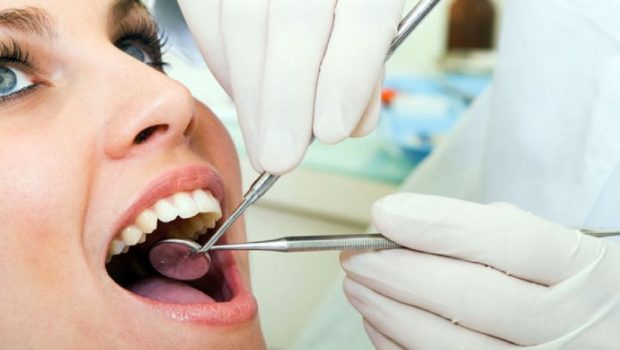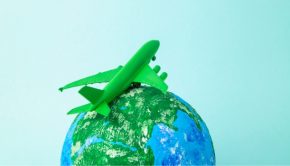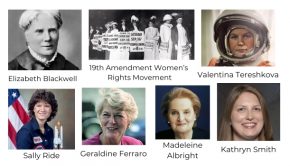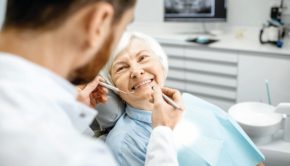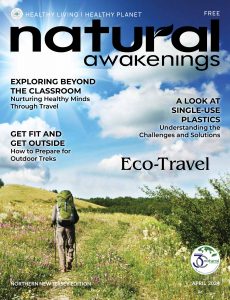Biological Dentistry Encompasses the Entire Body
by Vladimir Gashinsky
Oral medicine can be understood in several ways. One would be as dentistry for people with medical illnesses, such as palliative treatment for mucositis in people undergoing cancer chemotherapy or preoperative screening for heart surgery or joint replacement to rule out infections that could threaten the outcome of the procedures. Another way to conceive of oral medicine is to concentrate on the connection between oral conditions and the health of the rest of the body. The effects of periodontal infections on markers of systemic inflammation and cardiovascular health are the best-known examples.
A third way to look at oral medicine is to consider the effects of dental materials and dental procedures on the overall health of the body. For those that perform healing functions by implanting foreign or synthetic materials in people’s bodies, the constant challenge is to understand the toxicology, immunology and microbiology of their work and to minimize its impact on the biological terrain of patients.
“Do no harm,” goes the injunction. But we can never be certain that a negative biological response to the work, something unforeseen, will not occur, whether in the whole population or in a single individual patient. We can only be vigilant for new information to refine our techniques and sensitive to new discoveries that call into question previously accepted views. Until we can replace body parts like teeth with all “self” materials, the concept of biocompatibility will always represent an approximation and a work in progress.
A general principle of biocompatible dentistry would state that everything we implant or leave in and around a tooth represents a systemic exposure with an impact that must be accounted for. As we pursue the main agenda of dentistry, restoring function and eliminating disease, we have two very broad challenges. The first is choosing among the synthetic materials for restorative and esthetic functions, and the second is reducing the presence of pathogens.
There is a lot of evidence that professionally recognized restorative materials vary widely in their biological response, both in toxicology and in individual reactions. Equally, some recognized procedures in dentistry, especially in endodontics, periodontics and oral surgery, can actually allow the maintenance of populations of pathogens in internal spaces where they don’t belong.
Amalgam–derived mercury distributes itself throughout the body. It crosses the blood -brain barrier, passes through the placenta and goes into breast milk, resulting in measurable exposure to infants, which are more susceptible to the negative effects than adults. No one has disputed this. Even dentists and staff have been affected adversely by their occupational mercury exposure. Toxicologists have not been able to detect a minimum level of exposure at which there is no adverse physiological effect.
Vladimir Gashinsky is the owner of the Holistic Dental Center of New Jersey. For more information, call 973-457-4688 or visit HolisticDentalCenterNJ.com. To register or replay past webinars or subscribe to the YouTube channel for information about holistic practices, procedures, patient testimonials, tips and news, visit Tinyurl.com/ddswebtv.


